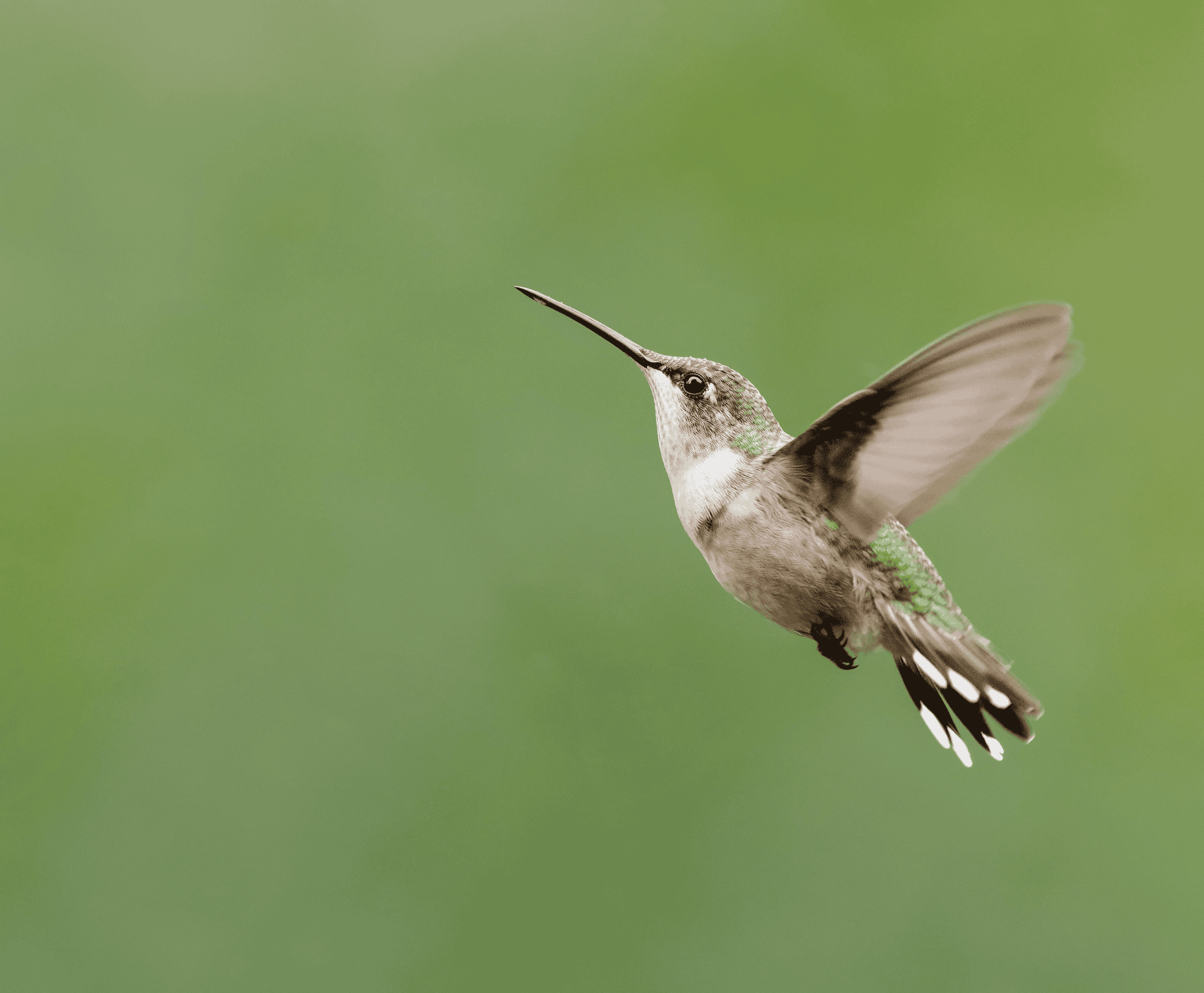Sorry, but nothing was found. Please try a search with different keywords.

Rewild Your World
Want to attract more pollinators to your garden?
Join the list for expert tips and easy ideas to create a thriving, native habitat!

Want to attract more pollinators to your garden?
Join the list for expert tips and easy ideas to create a thriving, native habitat!
Sorry, but nothing was found. Please try a search with different keywords.